Introduction to Saudi Arabia’s Tourism Vision 2030
Saudi Arabia’s Vision 2030 is a transformative plan designed to reduce the country’s dependence on oil, diversify its economy, and develop public service sectors such as health, education, infrastructure, recreation, and tourism. A cornerstone of this ambitious initiative is the goal of attracting 150 million annual visits by 2030. This target is not merely a numeric aspiration but a critical component of the broader economic diversification efforts aimed at fostering sustainable development and enhancing the quality of life for citizens and residents.


The significance of this target within the context of Saudi Arabia’s economic strategy cannot be overstated. Historically reliant on oil revenues, the Kingdom is now seeking to leverage its rich cultural heritage, natural landscapes, and modern infrastructure to establish itself as a premier global tourist destination. This shift towards tourism is expected to generate substantial economic benefits, including job creation, increased foreign investment, and the development of new business opportunities across various sectors.
Tourism plays a pivotal role in Saudi Arabia’s national development strategy. By focusing on attracting international tourists, the Kingdom aims to showcase its diverse offerings, from the pristine beaches of the Red Sea to the historical wonders of ancient cities like Al-Ula. This approach aligns with global tourism trends that emphasize experiential travel, cultural immersion, and sustainable practices. As part of the Vision 2030 framework, Saudi Arabia has launched several key projects, including the Red Sea Project, NEOM, and Al-Qiddiya, which are set to redefine the tourism landscape in the region.
By aligning its tourism goals with international trends and standards, Saudi Arabia is positioning itself for success in the competitive global tourism market. The Vision 2030 plan reflects a forward-thinking approach that integrates cultural preservation with modern innovation, catering to the evolving preferences of today’s global travelers. This comprehensive strategy underscores the Kingdom’s commitment to becoming a leading destination for tourists from around the world, thereby achieving its ambitious target of 150 million annual visits by 2030.


Leisure Tourism: Aiming for Over 100 Million Visits
Saudi Arabia has set an ambitious target to attract over 100 million leisure visitors annually by 2030. Central to this strategy is the development of new, world-class tourism destinations. Among the most prominent projects are NEOM, the Red Sea Project, and Al-Ula, each designed to offer unique experiences that cater to a broad spectrum of international tourists.
NEOM, a futuristic city being built in the northwest of the country, aims to redefine urban living with cutting-edge technology and sustainable practices. This mega-city is expected to attract tourists with its blend of innovation, luxury, and environmental stewardship. The Red Sea Project, on the other hand, focuses on eco-tourism, with its pristine beaches and coral reefs set to become a haven for nature enthusiasts. Al-Ula, rich in historical and cultural significance, aims to draw visitors interested in archaeology and heritage, boasting sites like the ancient city of Hegra.
To support these destinations, Saudi Arabia is heavily investing in infrastructure enhancements. Improvements in transportation networks, including airports, roads, and high-speed rail, are crucial to facilitating ease of travel within the country. Additionally, the hospitality sector is seeing a surge in the construction of hotels and resorts, offering accommodations that cater to various preferences and budgets.
Promoting cultural heritage is another cornerstone of Saudi Arabia’s tourism strategy. The country is leveraging its rich tapestry of traditions, festivals, and historical landmarks to create immersive cultural experiences. By highlighting the authenticity and depth of its heritage, Saudi Arabia aims to provide tourists with a unique and enriching travel experience.
Marketing campaigns and strategic partnerships play a significant role in positioning Saudi Arabia as a premier leisure destination. Collaborations with international travel agencies, participation in global tourism fairs, and targeted digital marketing efforts are all part of a comprehensive approach to reaching potential visitors worldwide. These initiatives are designed to showcase Saudi Arabia’s diverse attractions, from its natural landscapes to its cultural and historical assets, thereby attracting a wide array of tourists.
Religious tourism is a cornerstone of Saudi Arabia’s ambitious tourism strategy, with a target of 42 million visits annually by 2030. Central to this goal are the holy cities of Mecca and Medina, which attract millions of Muslims from around the globe. These cities are home to some of the most significant religious sites in Islam, including the Masjid al-Haram in Mecca, which houses the Kaaba, and the Prophet’s Mosque in Medina.
The significance of the Hajj and Umrah pilgrimages cannot be overstated. Hajj, one of the Five Pillars of Islam, is a mandatory religious duty for Muslims that must be carried out at least once in their lifetime by all adult Muslims who are physically and financially capable of undertaking the journey. Umrah, while not obligatory, is highly recommended and can be performed at any time of the year, further boosting religious tourism numbers.
To accommodate the growing number of pilgrims, Saudi Arabia is making substantial investments in infrastructure and services. Enhancements in facilities, transportation, and overall services are crucial to ensure a seamless and spiritually fulfilling experience for the pilgrims. The government is focusing on expanding the capacity of key sites, modernizing airports, and improving road and rail networks to facilitate easier and more comfortable travel.
Moreover, initiatives are in place to enhance the overall experience of pilgrims. This includes the development of new hotels, the introduction of advanced crowd management systems, and increased availability of multilingual guides and medical services. These efforts are geared towards not only accommodating the increasing number of religious tourists but also ensuring their safety and comfort while preserving the sanctity of these holy sites.
Through these comprehensive measures, Saudi Arabia aims to achieve its target of 42 million religious visits annually by 2030, thereby solidifying its status as a premier destination for religious tourism. The careful balance of modernization and preservation of religious sanctity is key to realizing this ambitious vision.
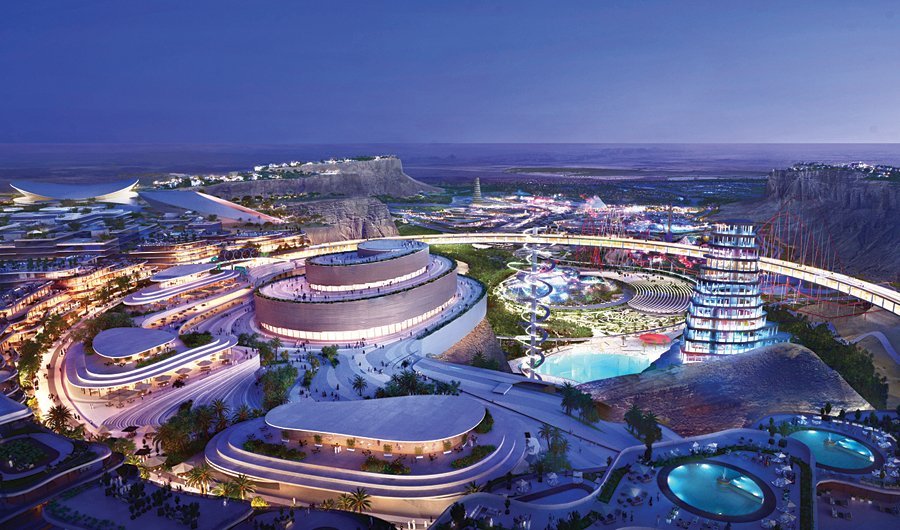
Challenges and Opportunities Ahead
As Saudi Arabia sets its sights on attracting 150 million annual visitors by 2030, the kingdom faces a range of challenges and opportunities that will shape the future of its tourism sector. One of the primary challenges is infrastructure development. The country must invest significantly in expanding its transportation networks, including airports, highways, and public transit systems, to accommodate a surge in tourist arrivals. Additionally, addressing the need for high-quality accommodations and hospitality services will be crucial in meeting the expectations of international travelers.
Regulatory reforms present another challenge. Streamlining visa processes and ensuring clear, consistent regulations will be essential in making Saudi Arabia a more accessible and attractive destination. Cultural integration also poses a significant hurdle, as the kingdom must balance its rich heritage and traditions with the demands of a global tourism market. Efforts to promote cultural understanding and inclusivity will be vital in creating a welcoming environment for tourists from diverse backgrounds.
Despite these challenges, the opportunities for Saudi Arabia’s tourism sector are substantial. Investment prospects abound, with ample potential for both domestic and international investors to contribute to the development of tourism infrastructure and services. The creation of millions of jobs in the tourism and hospitality industries will not only boost the economy but also provide new career opportunities for Saudi citizens, particularly the youth and women.



The socio-economic benefits of a thriving tourism sector extend beyond job creation. A robust tourism industry can stimulate growth in related sectors such as retail, transportation, and entertainment, leading to broader economic diversification. Sustainability and responsible tourism practices will be crucial in ensuring the long-term success of Saudi Arabia’s tourism ambitions. By prioritizing environmental conservation and community engagement, the kingdom can preserve its natural and cultural assets for future generations.

Looking forward, Saudi Arabia has the potential to leverage its unique cultural and natural attractions to become a global tourism hub by 2030. By addressing the challenges head-on and capitalizing on the opportunities, the kingdom can create a vibrant, sustainable tourism sector that contributes to its Vision 2030 goals and positions it as a premier destination for travelers worldwide.


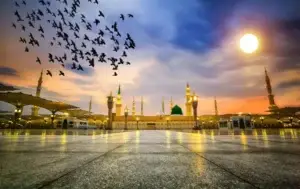


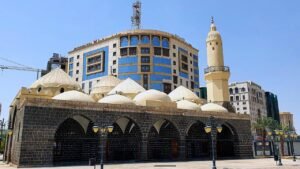




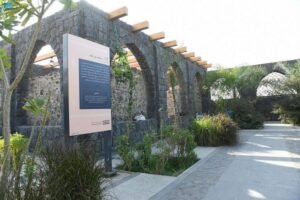





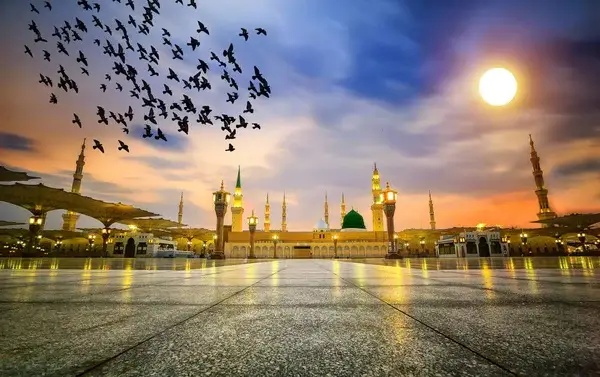


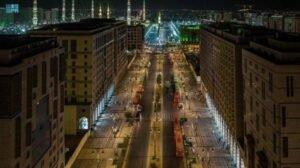


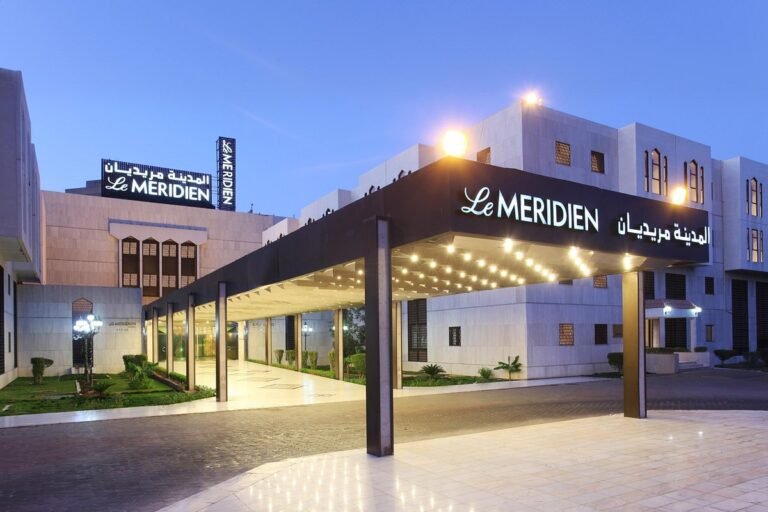
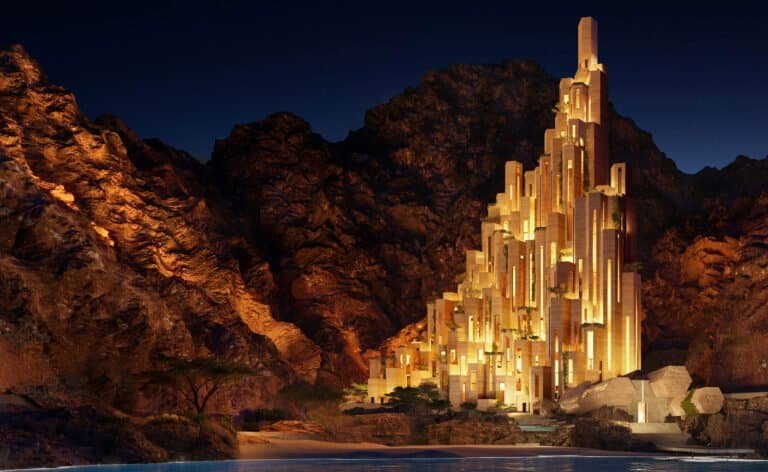


+ There are no comments
Add yours